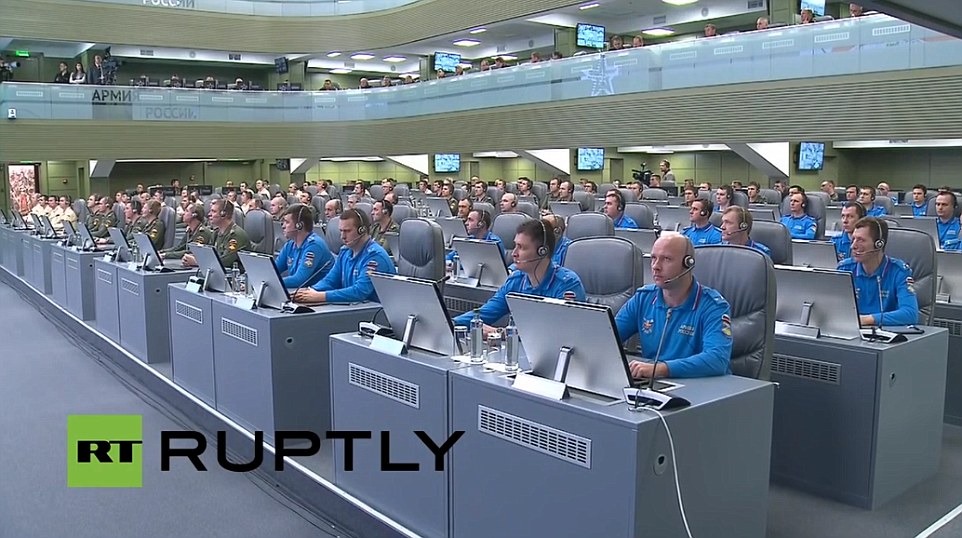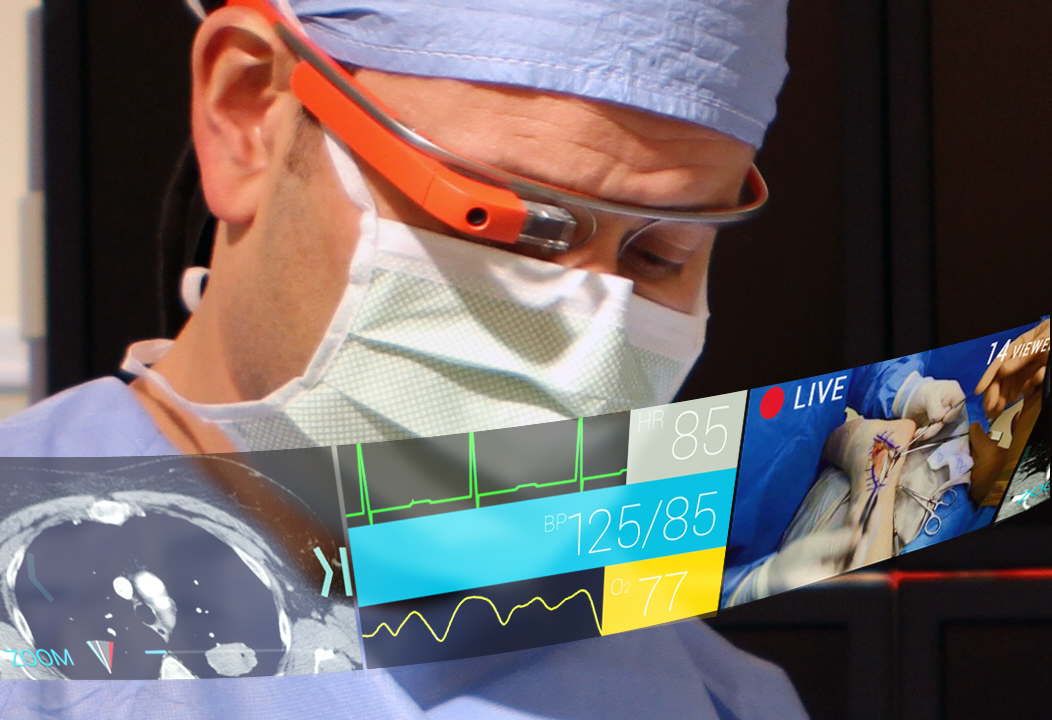While we’re not here to take any stance on armed conflict, as physicians, we aim to save lives even in the roughest of times and conditions. Soldiers are people’s husbands and wives, mothers and fathers, brothers and sisters, sons and daughters. They have trained to always be the best at the jobs they do, it is a sacrificed run while risking their lives at a daily basis, because of this the physicians who save the lives of soldiers can be the difference between whether soldiers return home or don’t, and that they should always be as well-prepared for that job as they can be, no excuses allowed.

Researchers at Purdue University’s Department of Computer Science and physicians from the Indiana University School of Medicine are developing a system that will address this need. It is designed to help doctors treat trauma injuries, which are especially difficult to handle, in even a tough environment like a war zone. We must keep in mind that training a physician also requires years and years of hard work and study, and unfortunately, many war surgeons are killed or incapacitated faster than a new one can be trained. War medicine is full of situation that requires lightning–fast decision making, and all the options must be rapidly considered and chosen with utmost planning, because it can mean the life of a soldier. The only thing that can give a surgeon a good feel for this skill is experience, and sadly we cannot have master physicians in every situation at the same time.

You may have seen tech like this already: the telementoring system installed in the USS Abraham Lincoln battlegroup, called the Battlegroup Telemedicine (BGTM) system, connected the ships in the aircraft carrier’s battlegroup and locations in California and Maryland. The system linked video, voice, and data streams in different locations on each ship, as well as between the ships, and from ship to shore. This allows surgeries to be performed without the risks and costs of transporting patients. Ideas like this are amazing, but what’s different about the AR/MR technology we’re talking about? Immersivity! They bring the experience of surgery to the user. It avoids the problems of present telementoring systems, namely, how easy it is to break focus during training. In a war zone, even these lost seconds can mean a lot, and a proper vehicle is necessary.

The program is called the System for Telementoring with Augmented Reality (STAR), and it uses a tablet-like interface and, eventually, possibly a head-mounted display, for comfort. It integrates expert-generated annotations and instructions, which are fed directly to the user’s field of view. Participants used either STAR or a conventional telementoring system to mark precise locations on a surgical simulator under a remote surgeon’s guidance. Participants who used the STAR completed the task with fewer focus shifts and with greater accuracy than the control group that used the conventional telementoring system. The immersive nature of the STAR program reduced focus breaks – allowing the physicians to work without interruptions.

The results of this study showed that the participants using the STAR telementoring system were able to mark surgical locations with greater accuracy in the different maneuvers and with fewer focus breaks, just like their mentors were showing them! This allowed the surgeon to direct all their attention to the surgery at hand rather than on distractions, which can help them to focus in the operative field and follow the precise instructions from the experienced surgeons despite the distractions of a war zone.

Image source: https://images-na.ssl-images-amazon.com/images/I/412opk5n9YL._SY445_.jpg
We think this is pretty cool! With the right attention and funding, it could save lives. We at ARinMED believe that preparing physicians to respond to tragedies and emergency situations is incredibly important, and that AR and MR technology can help. What do you think? Tell us in the comments section!








